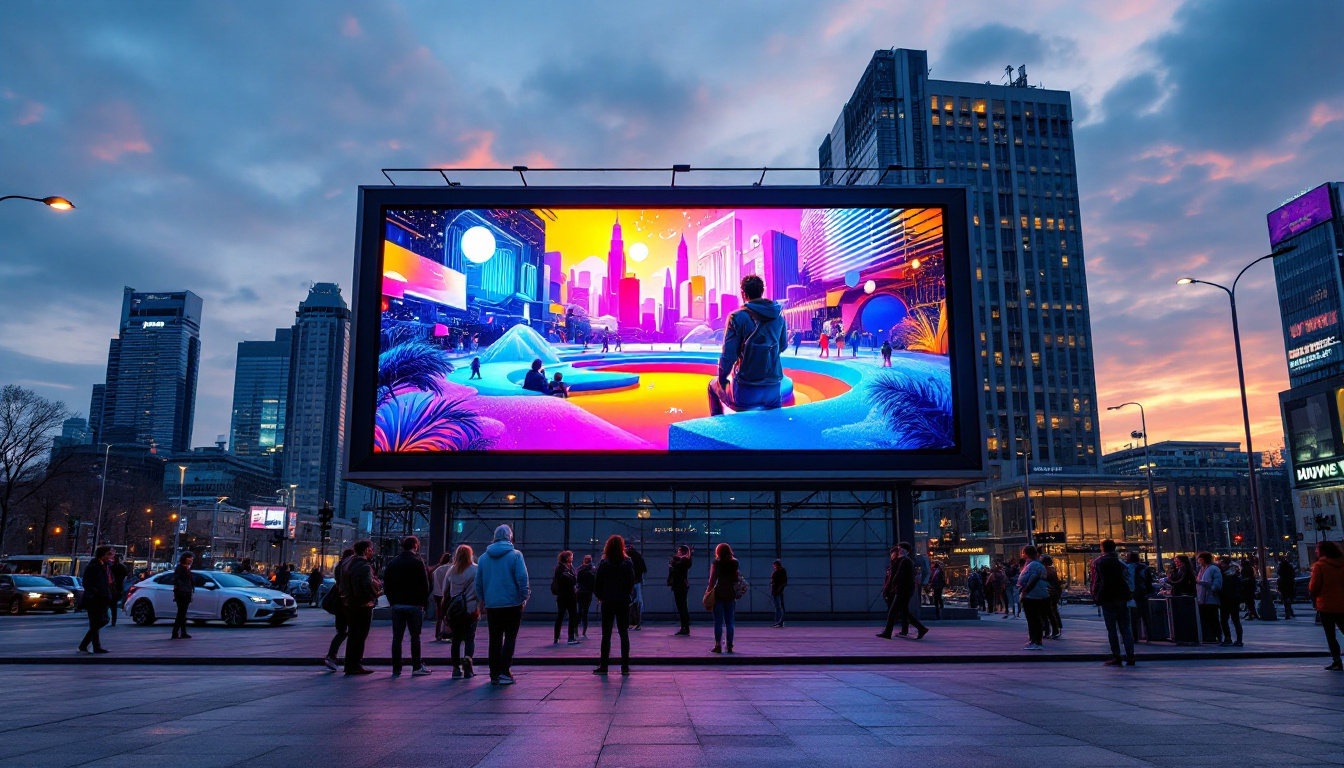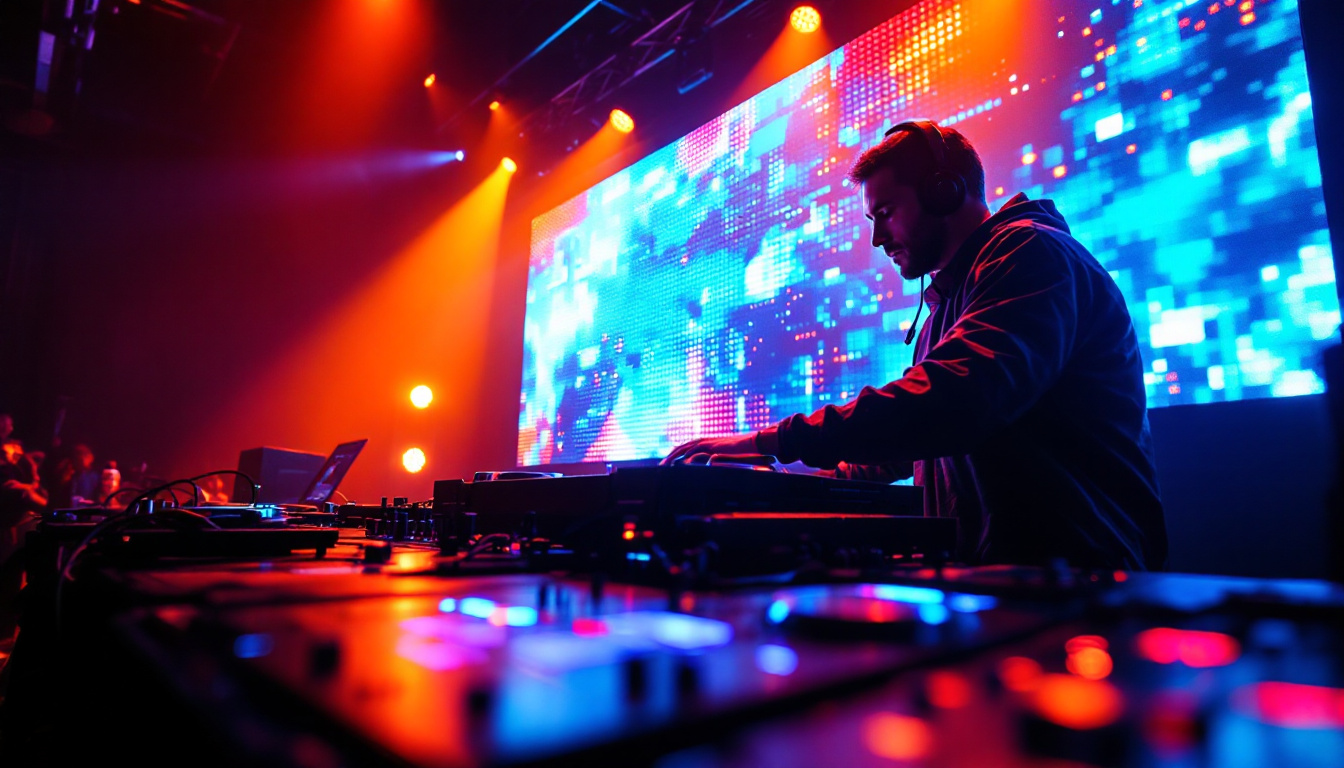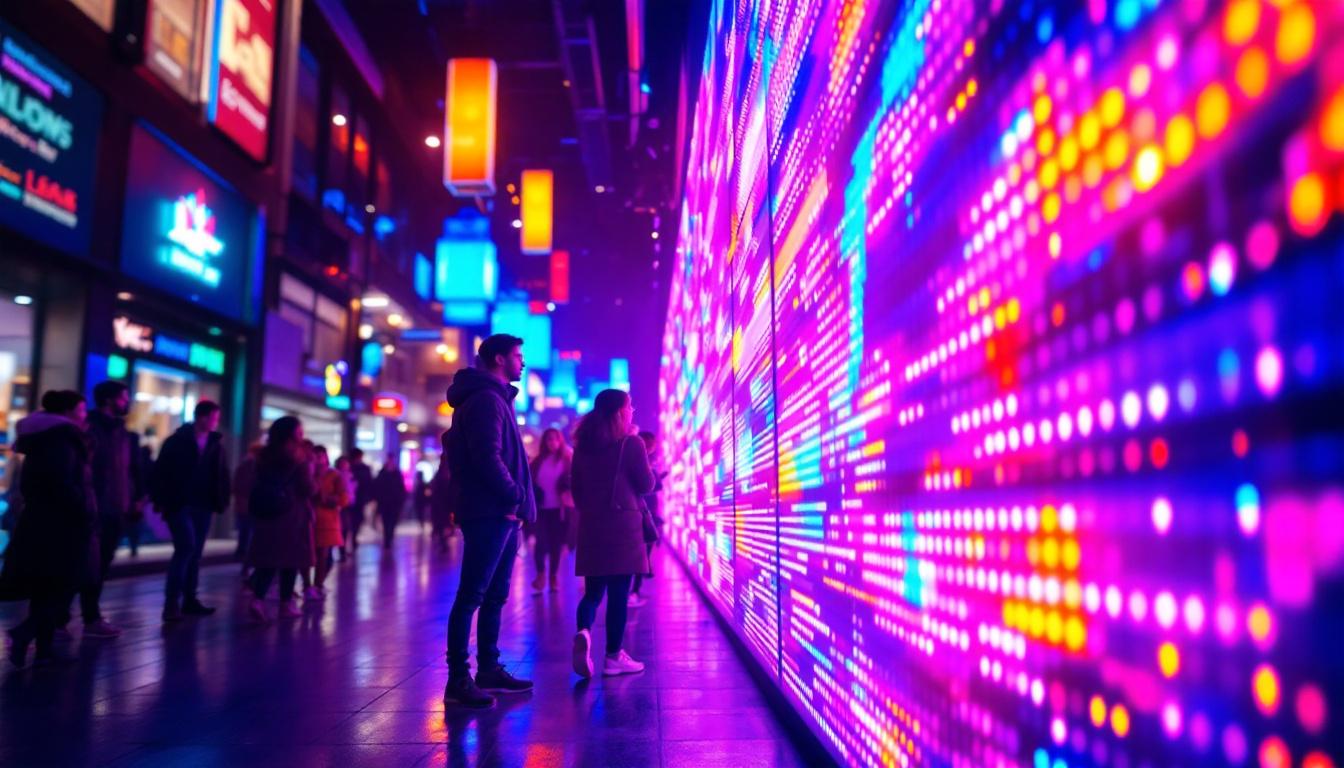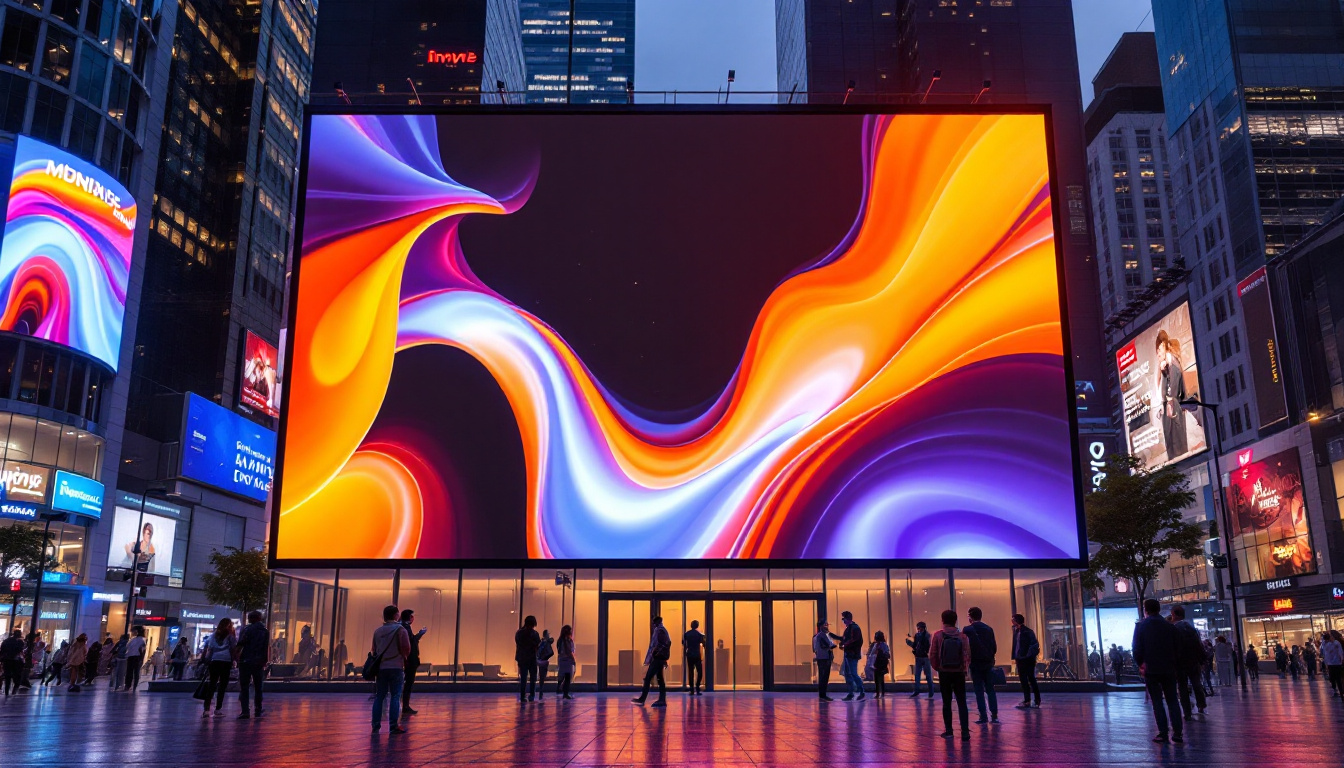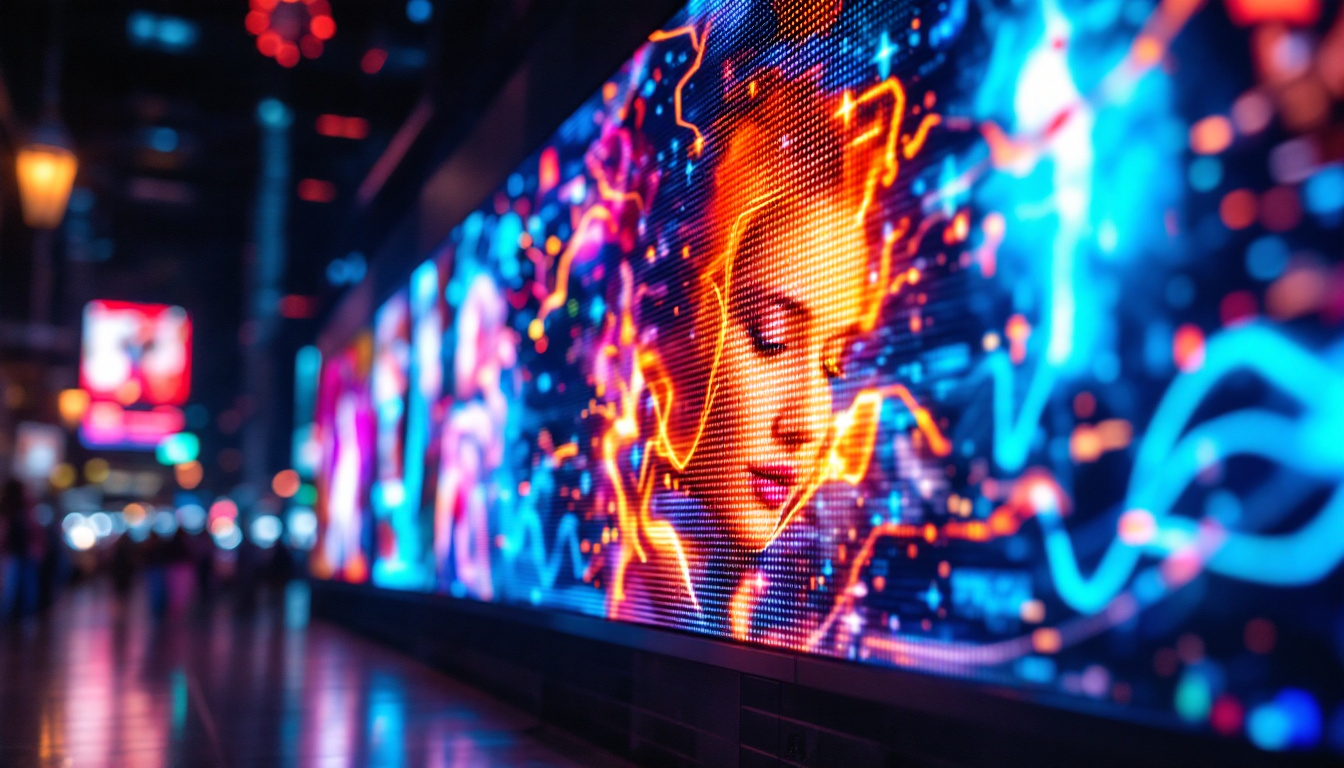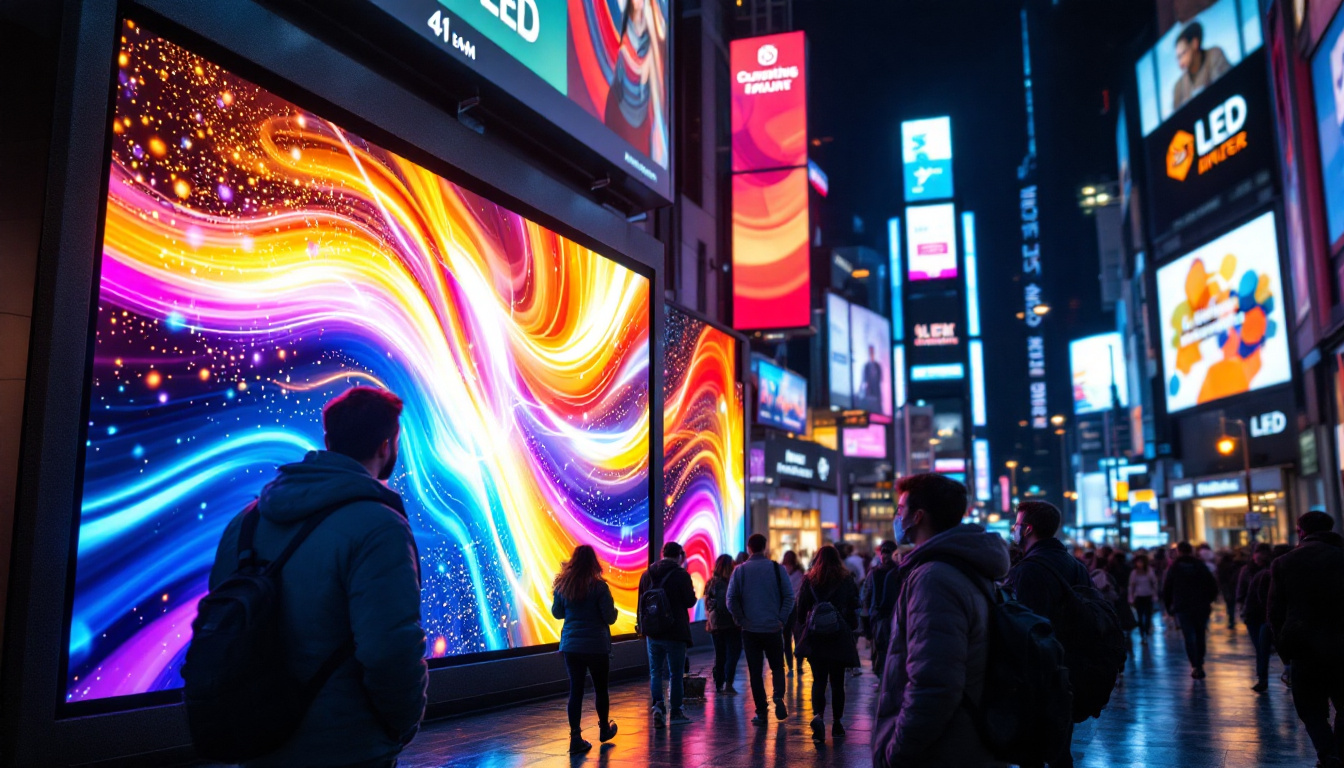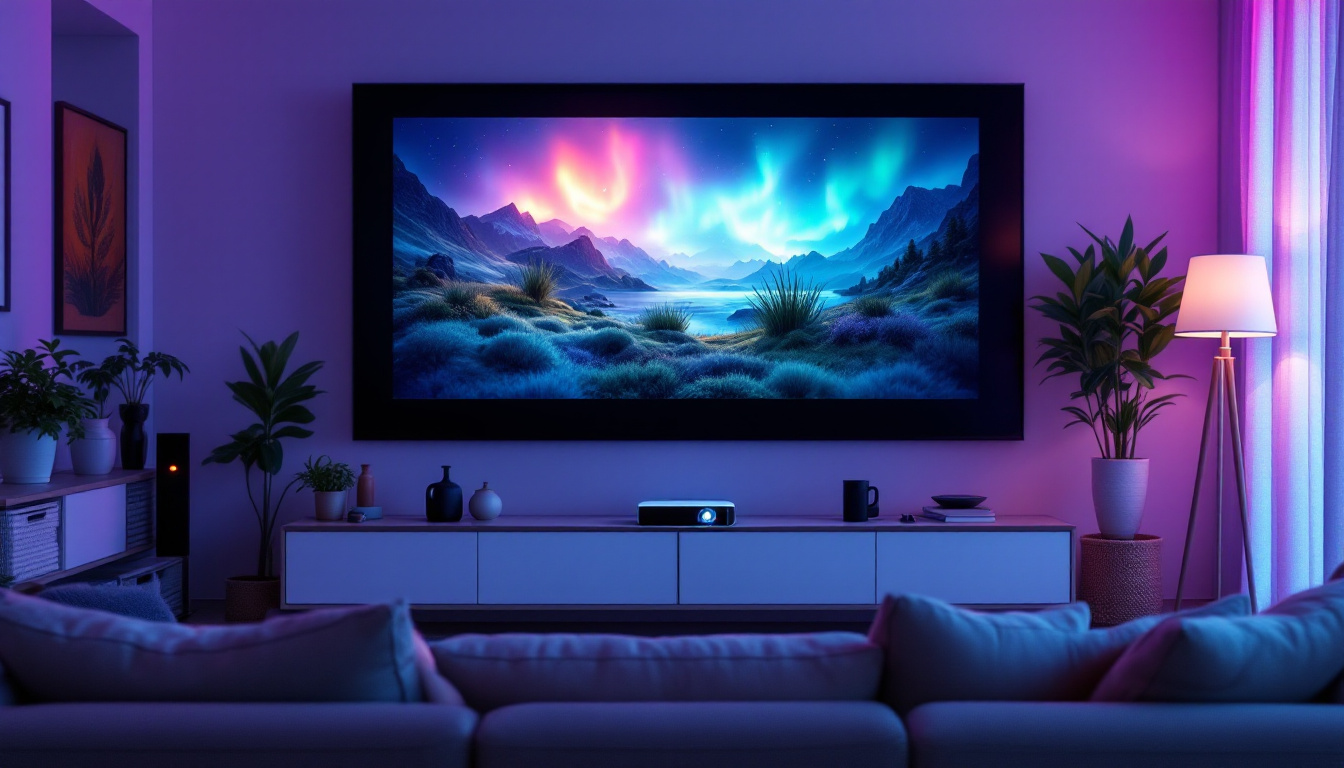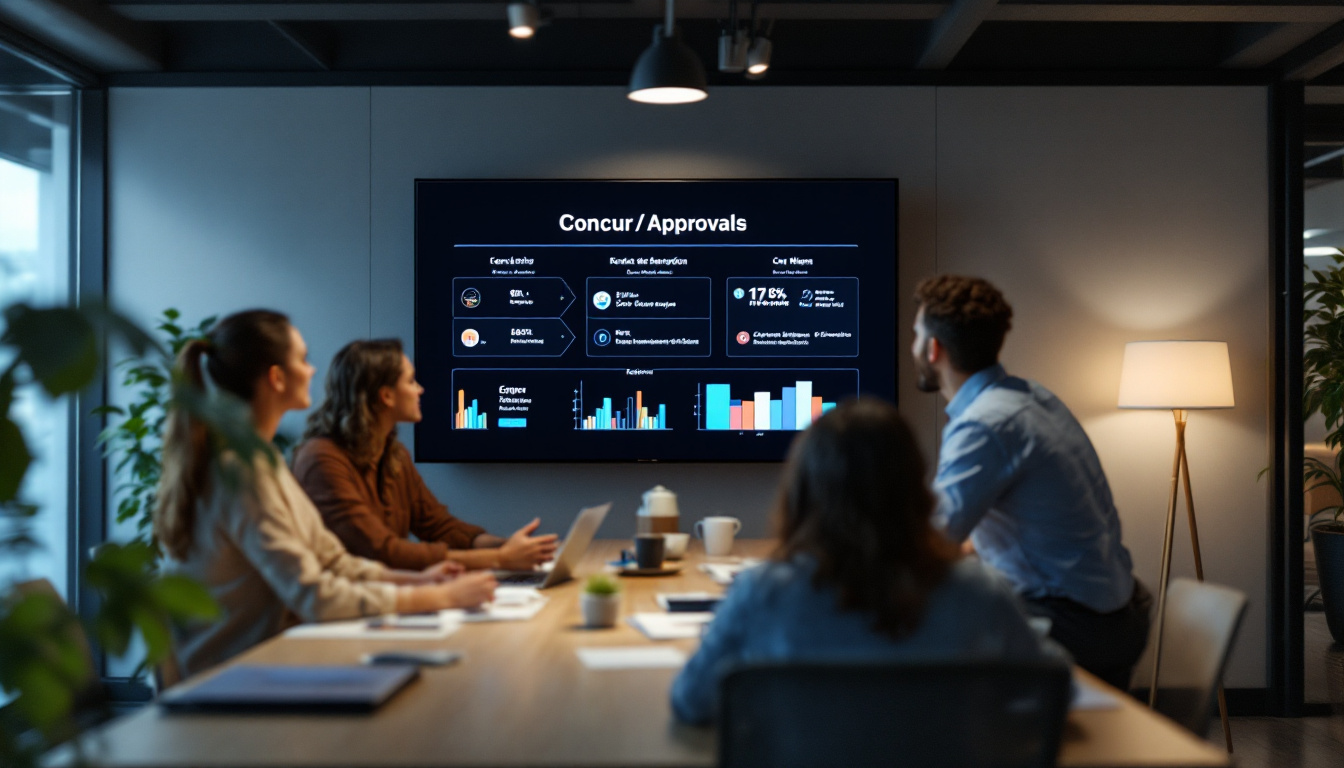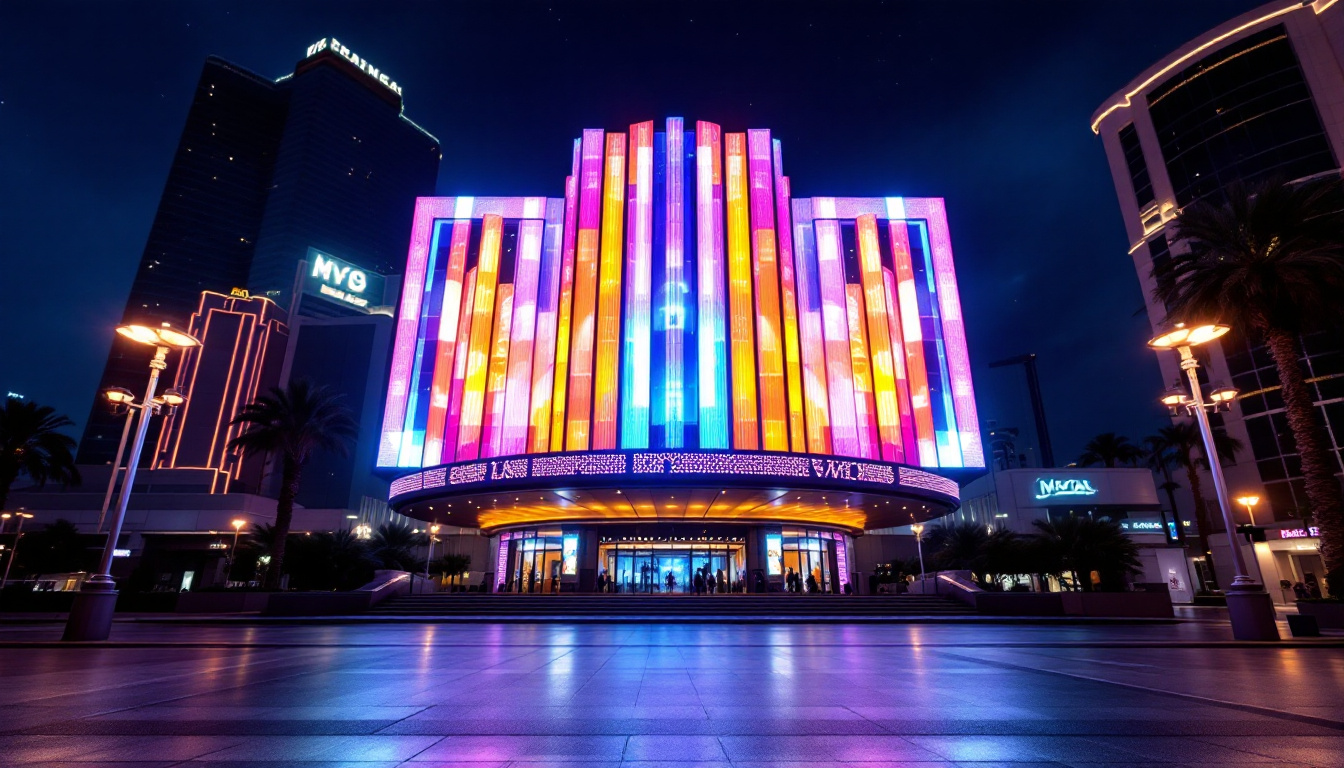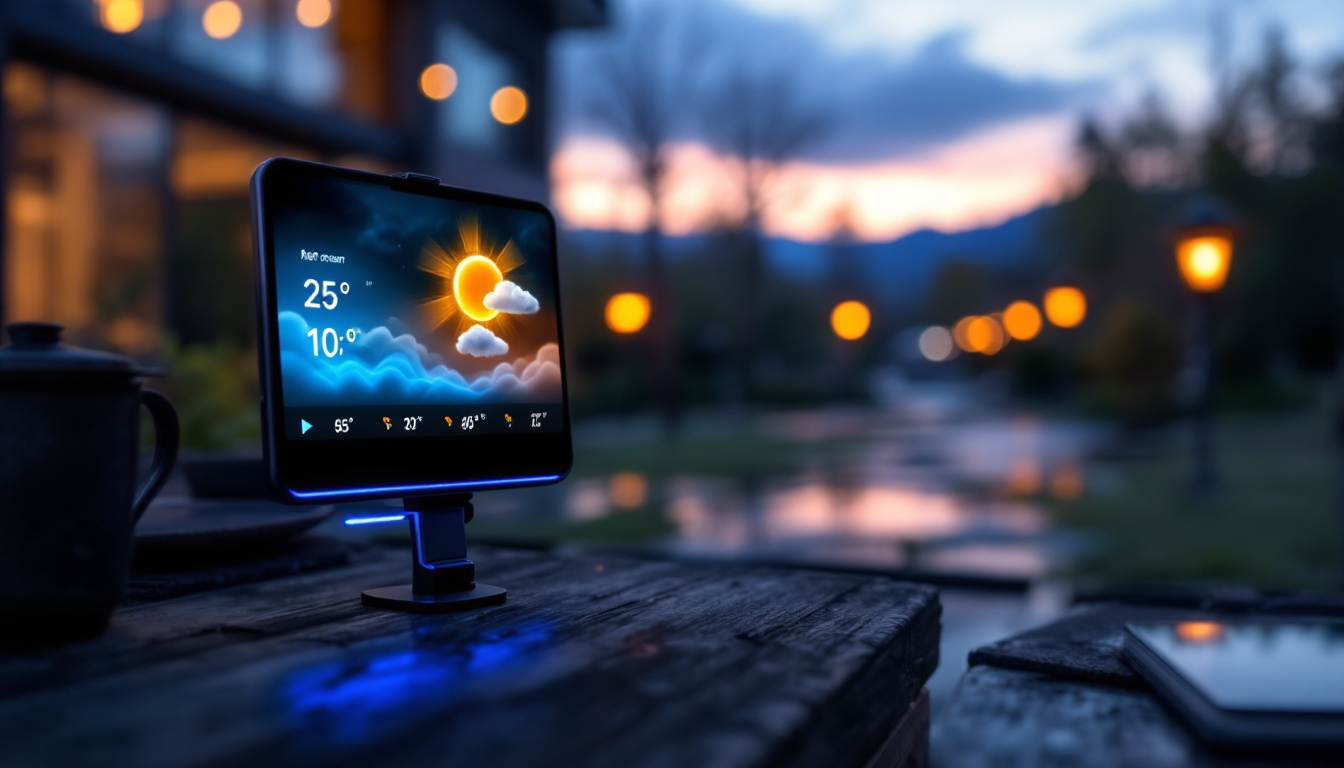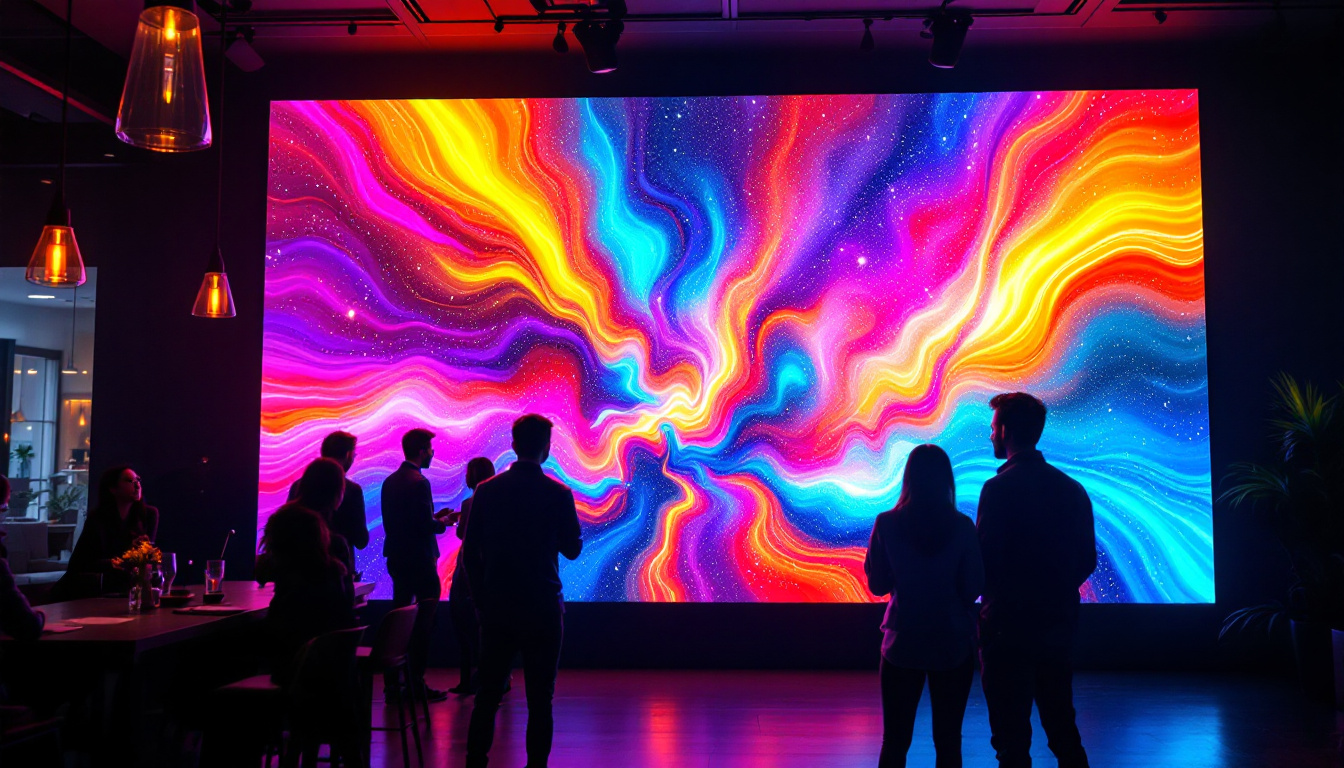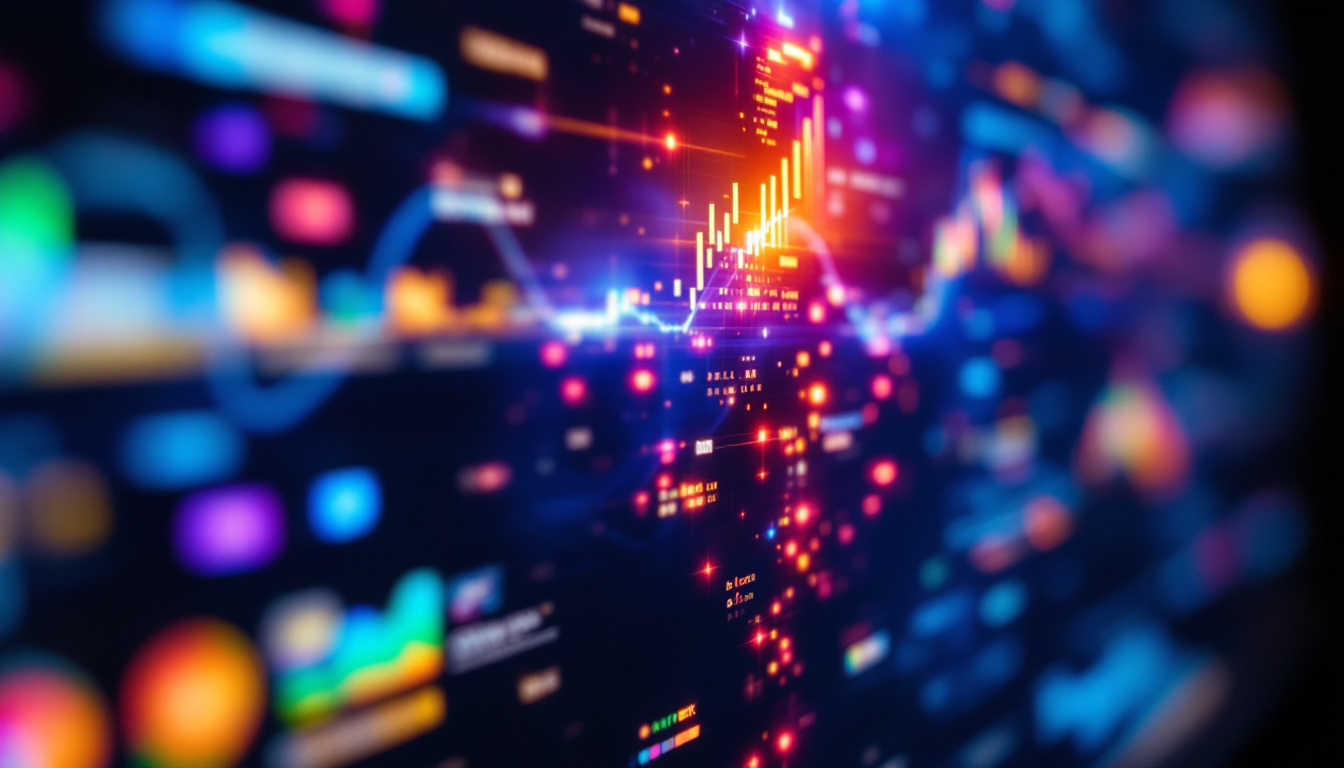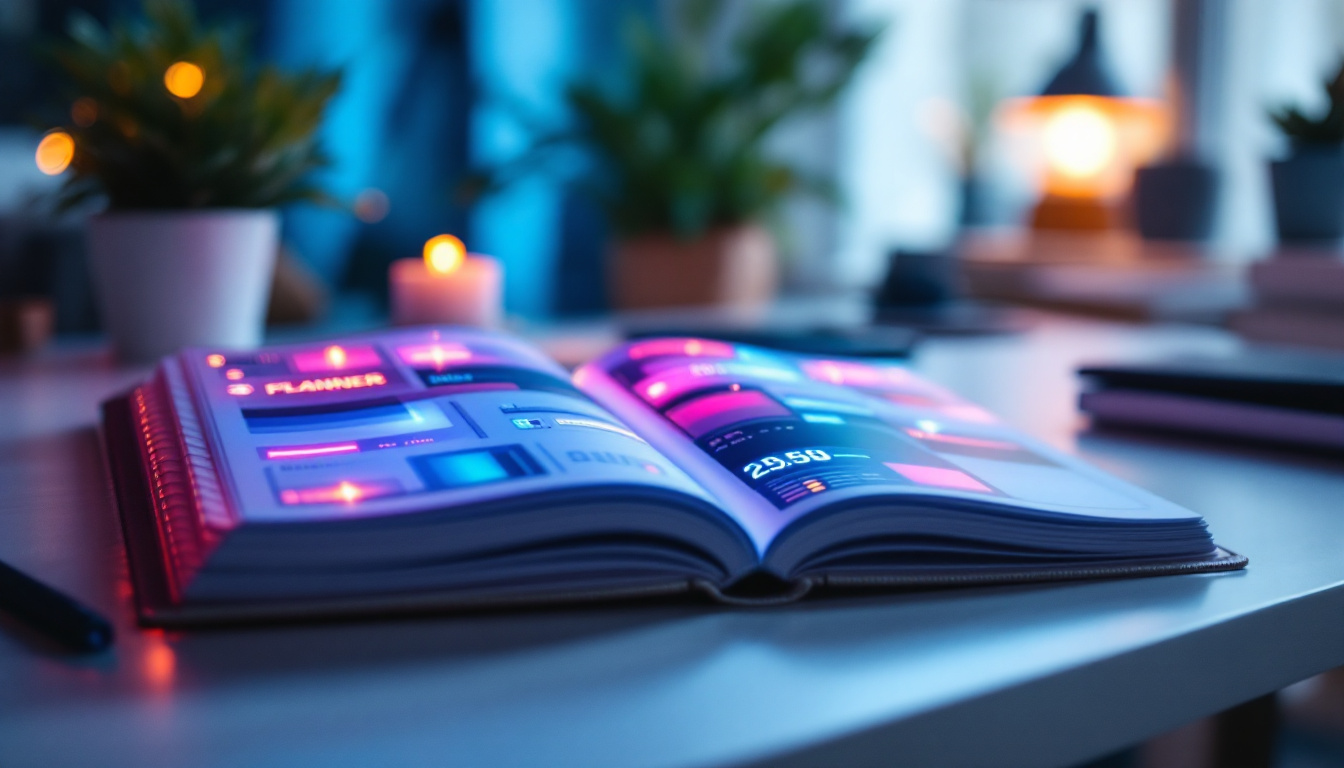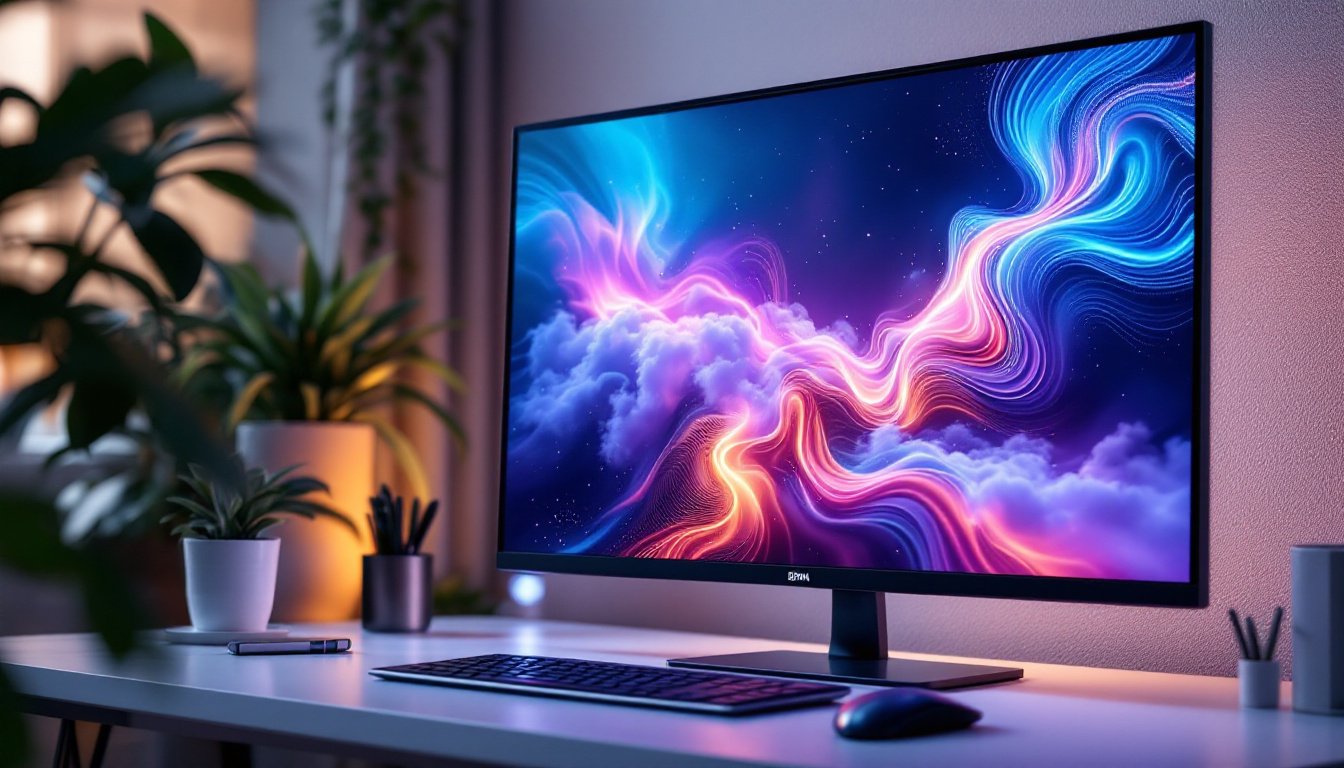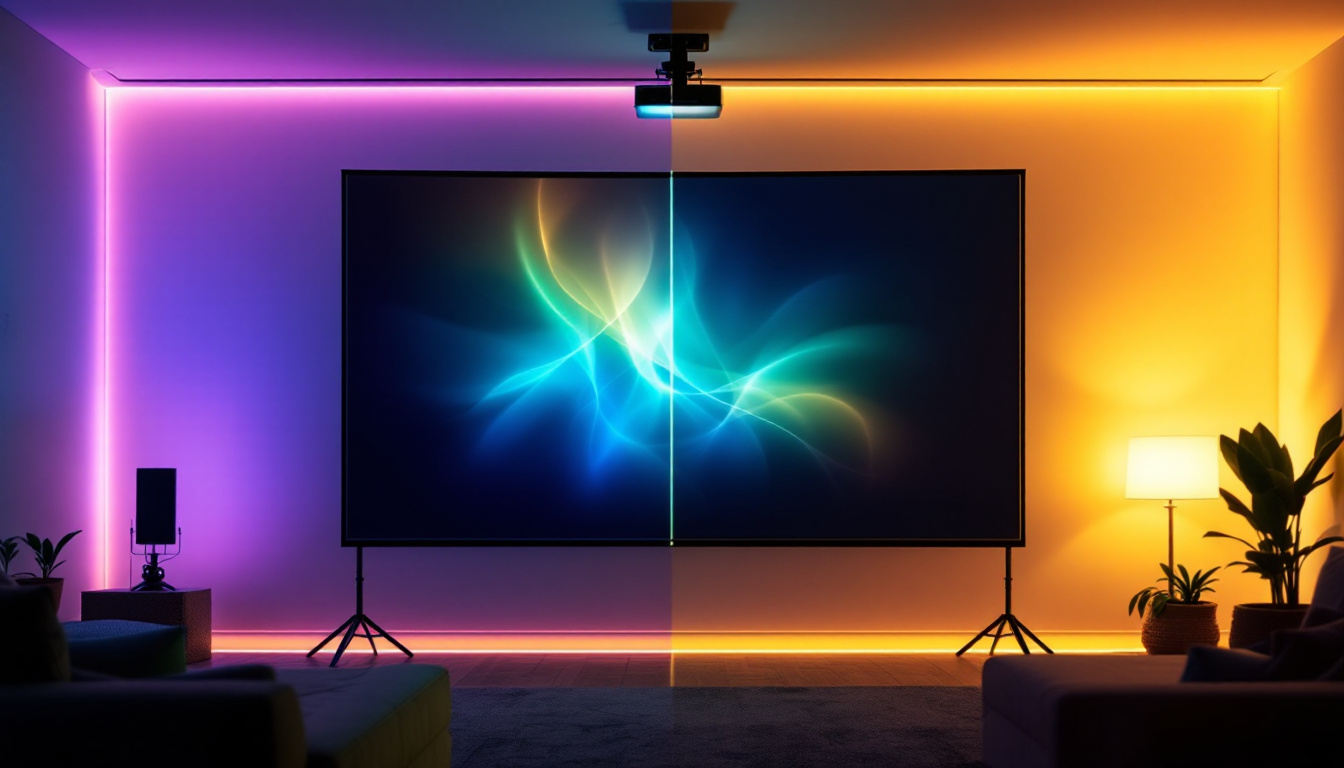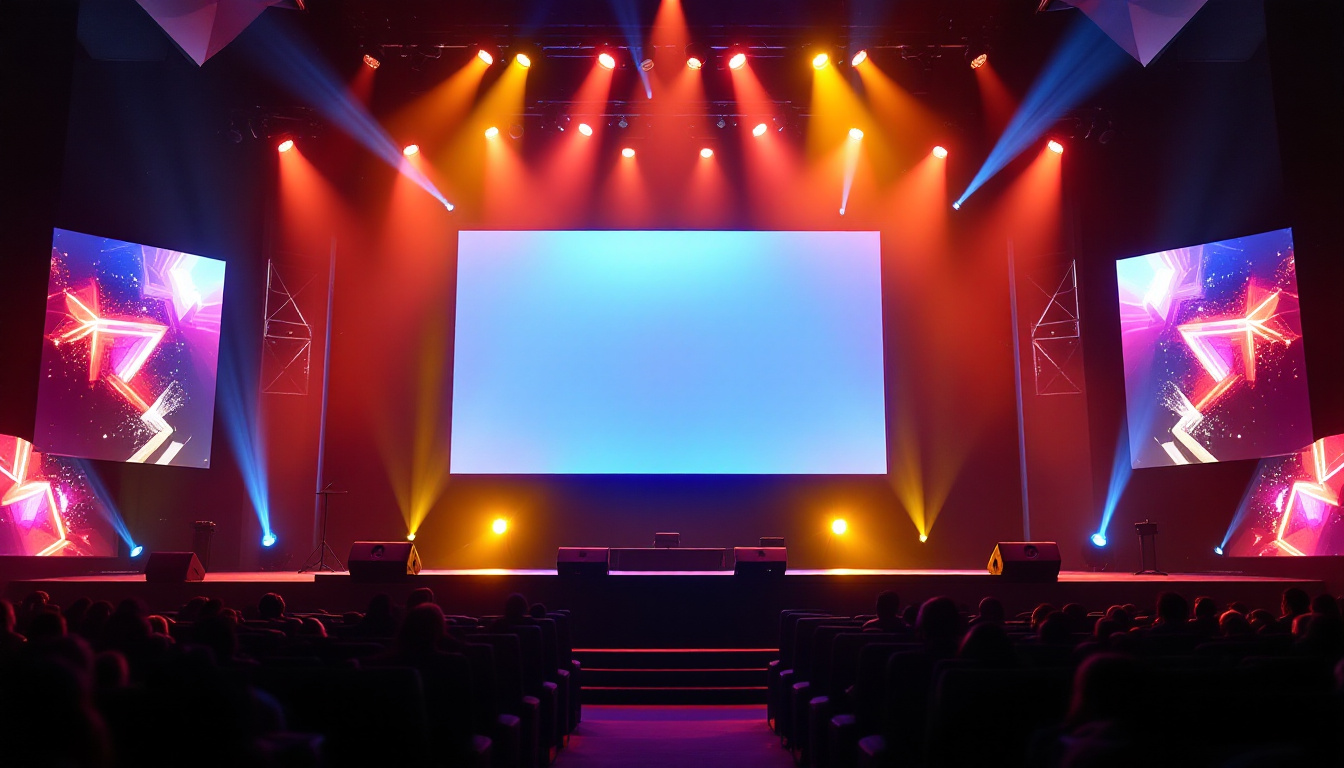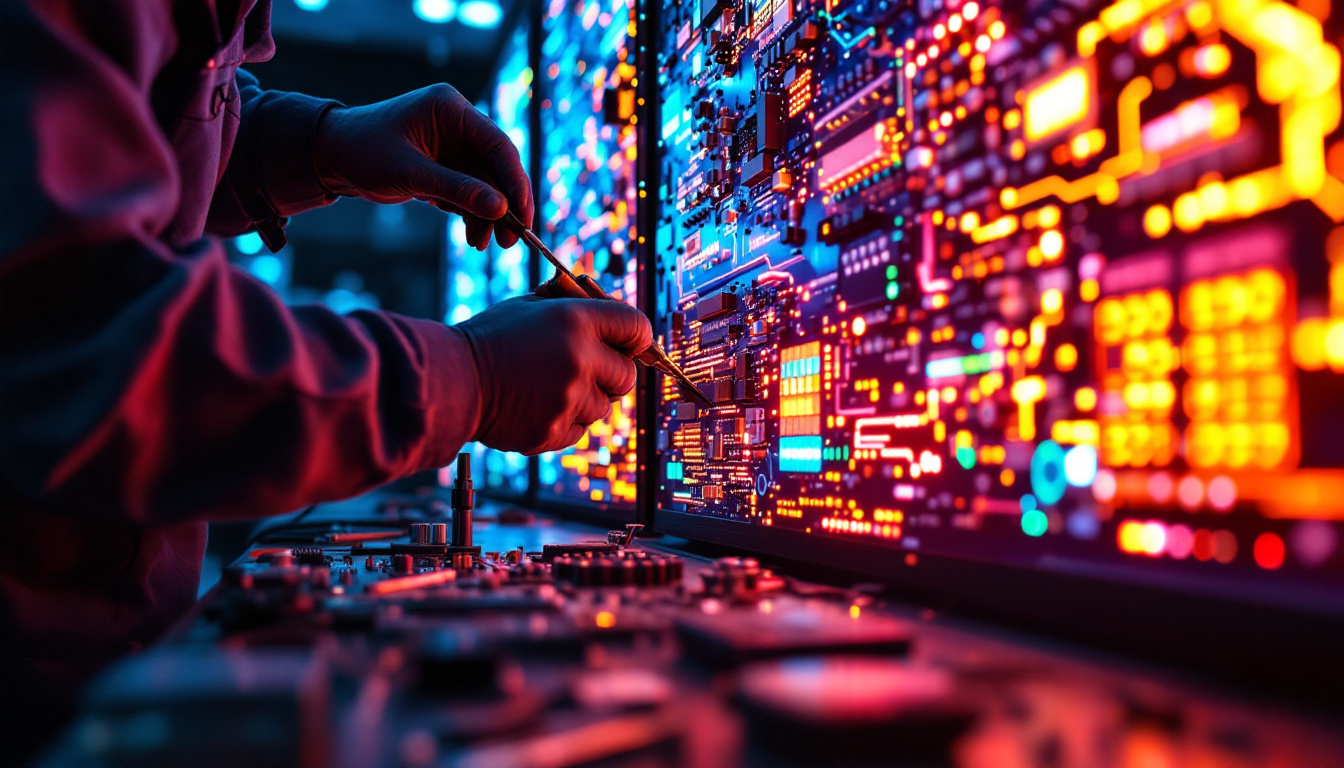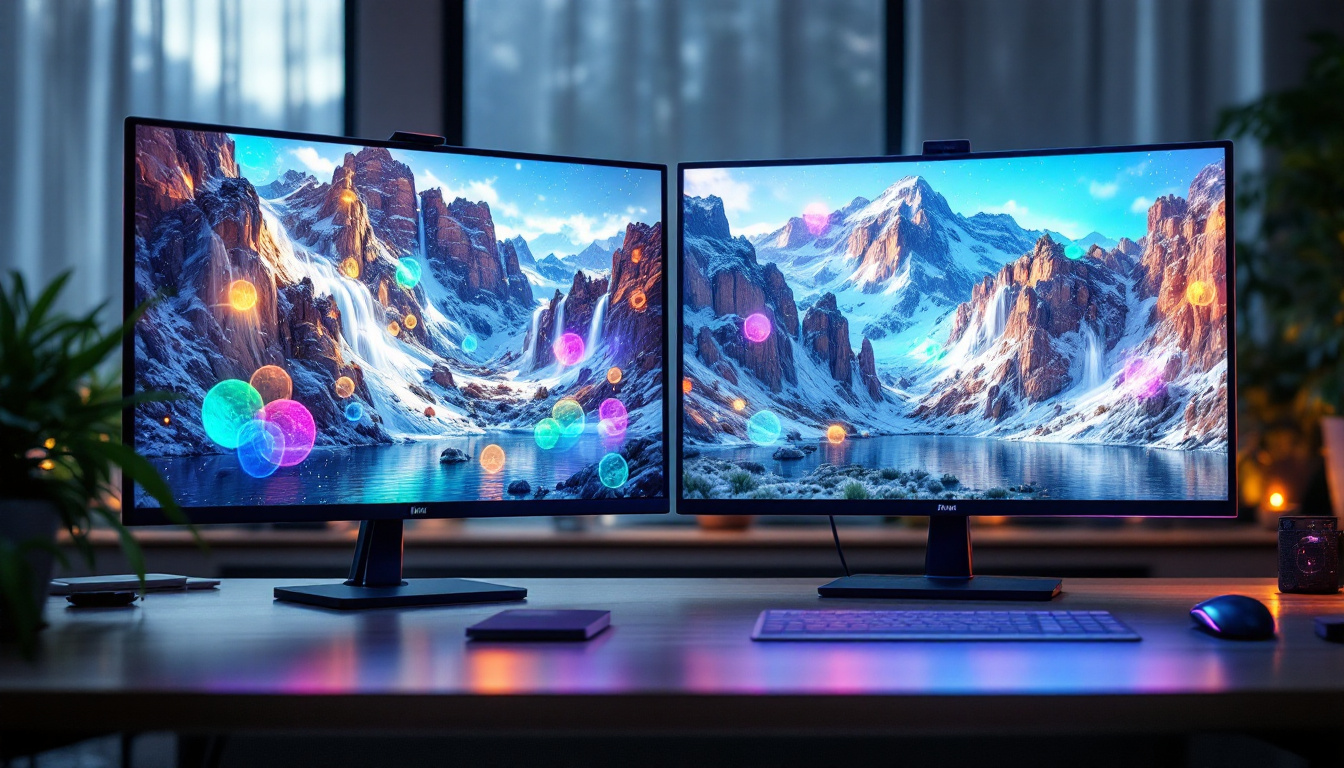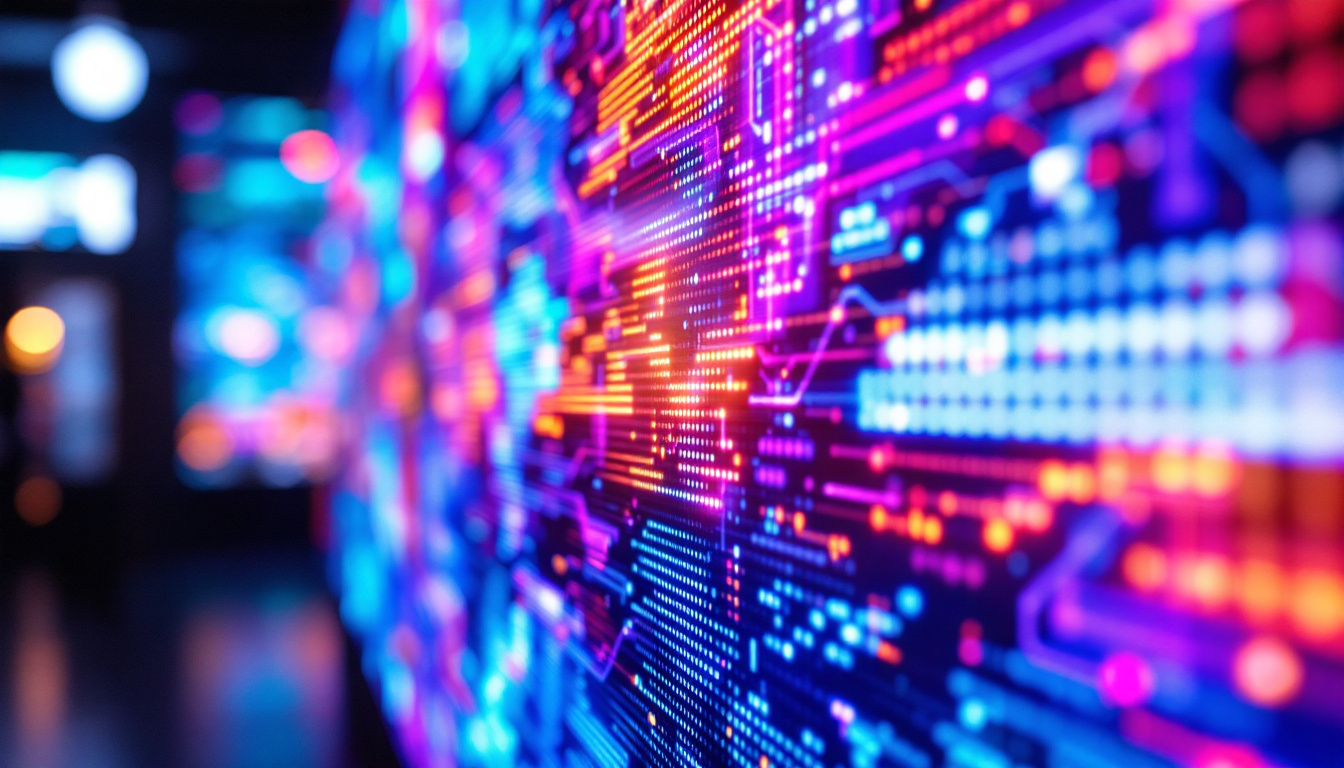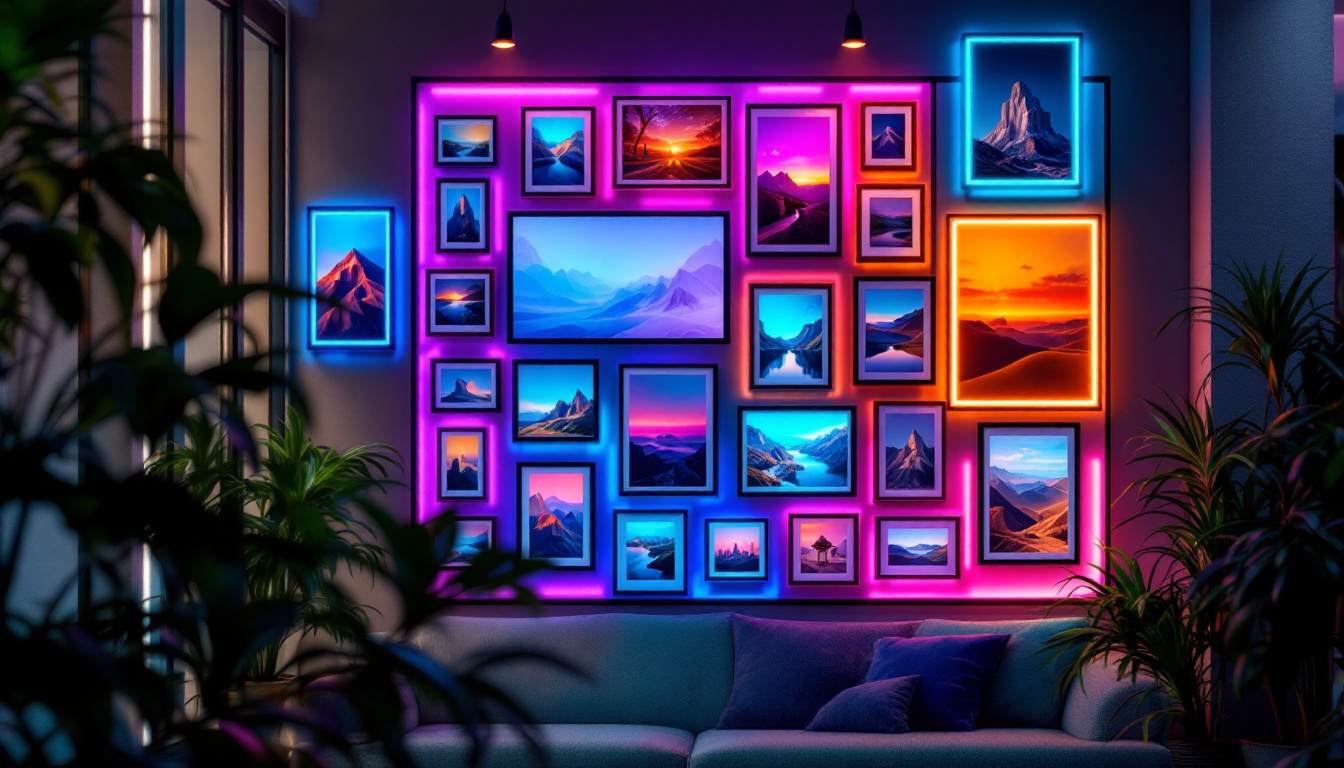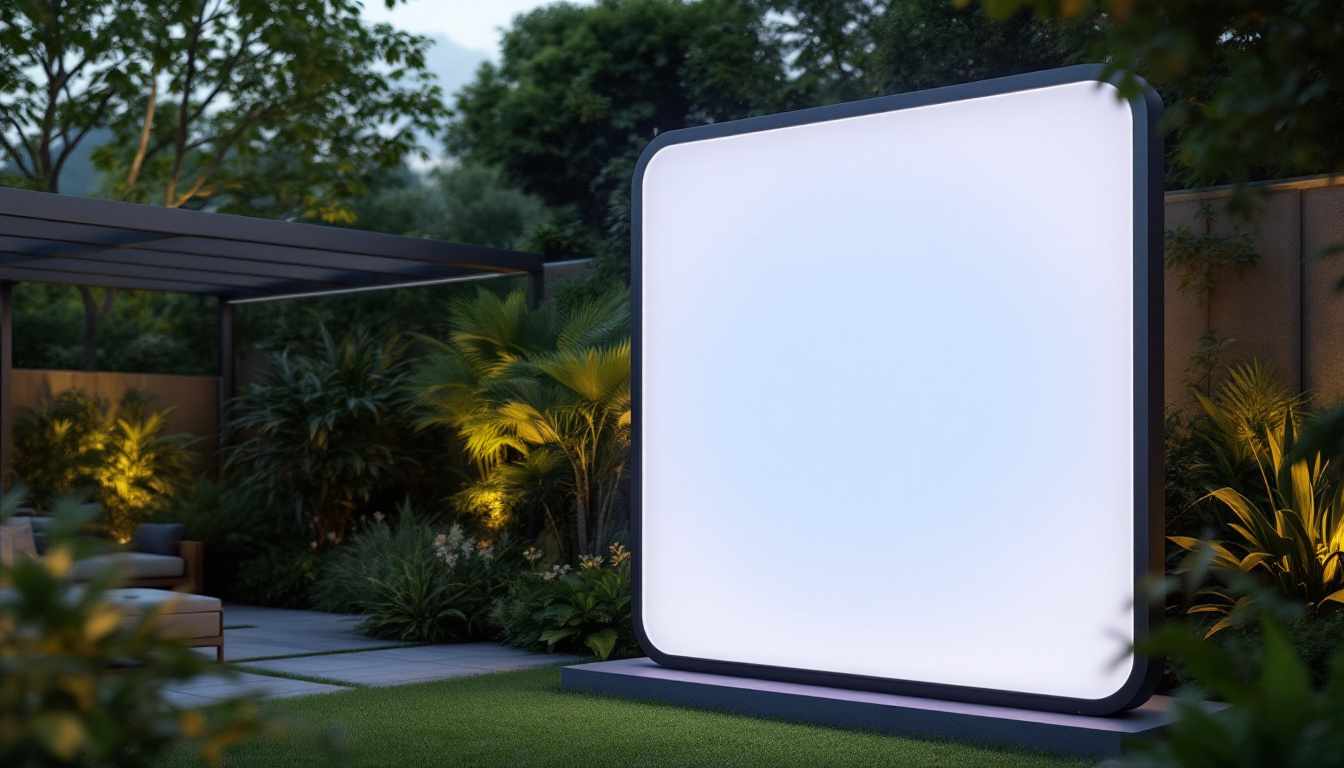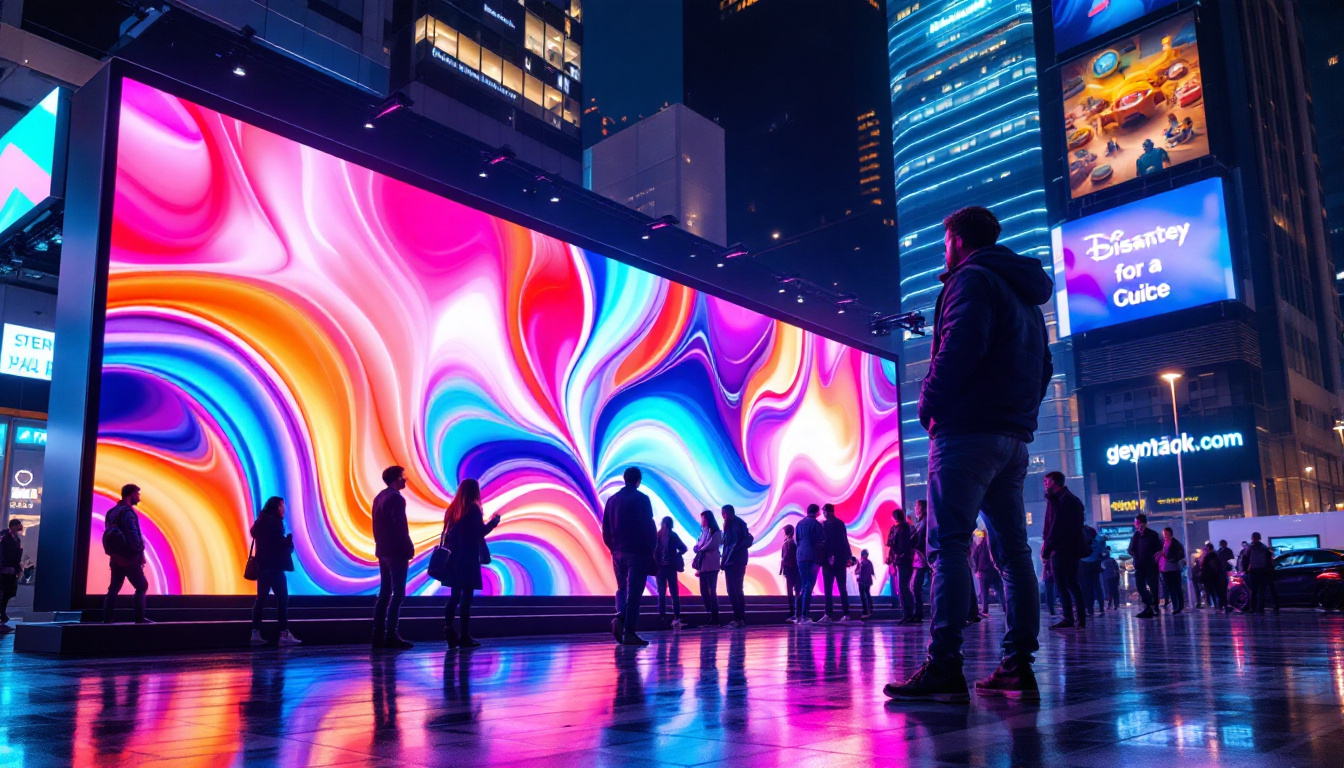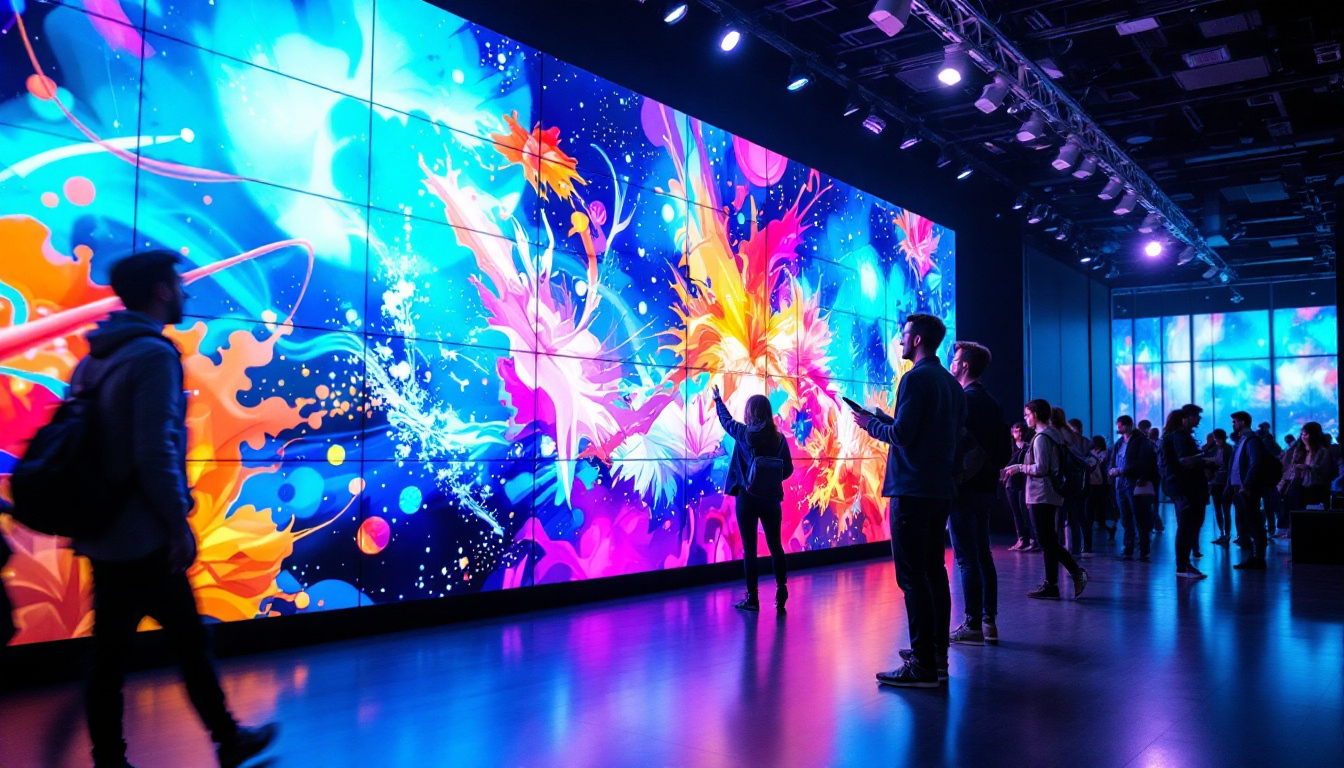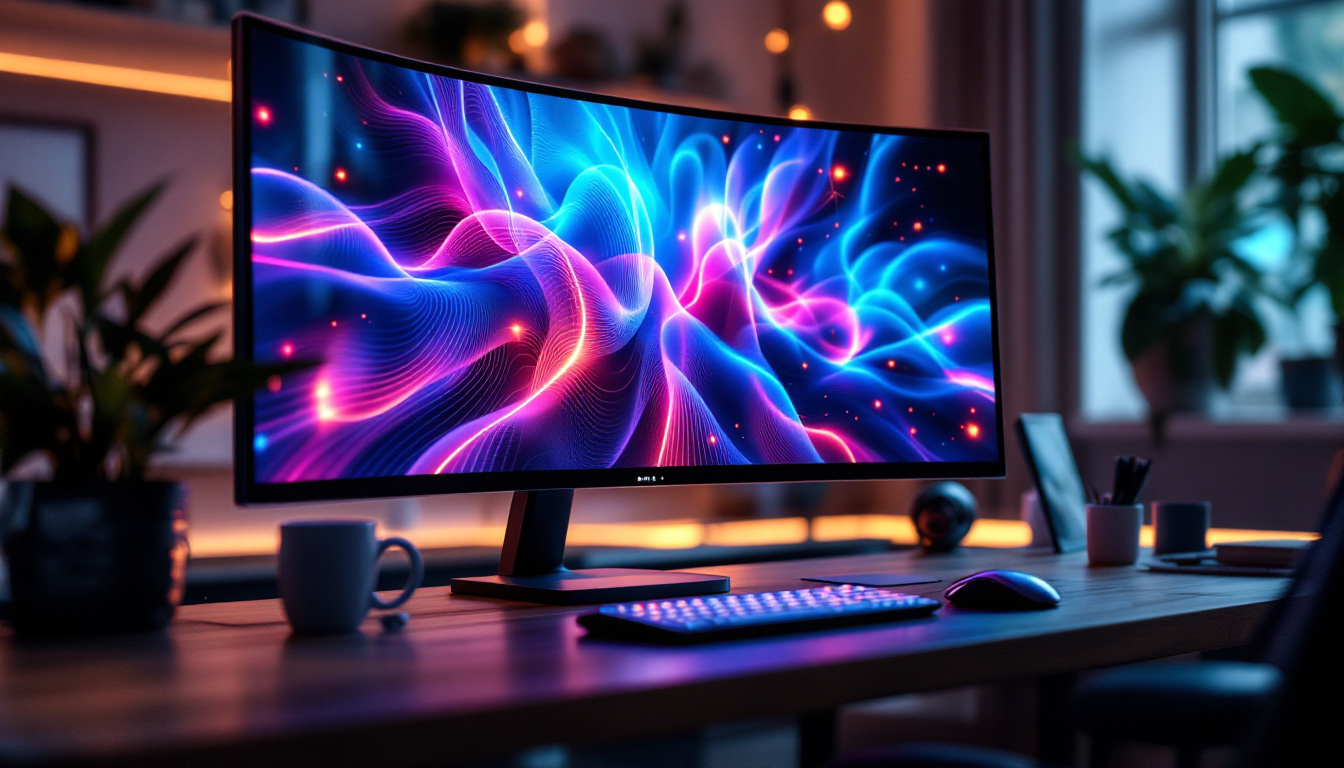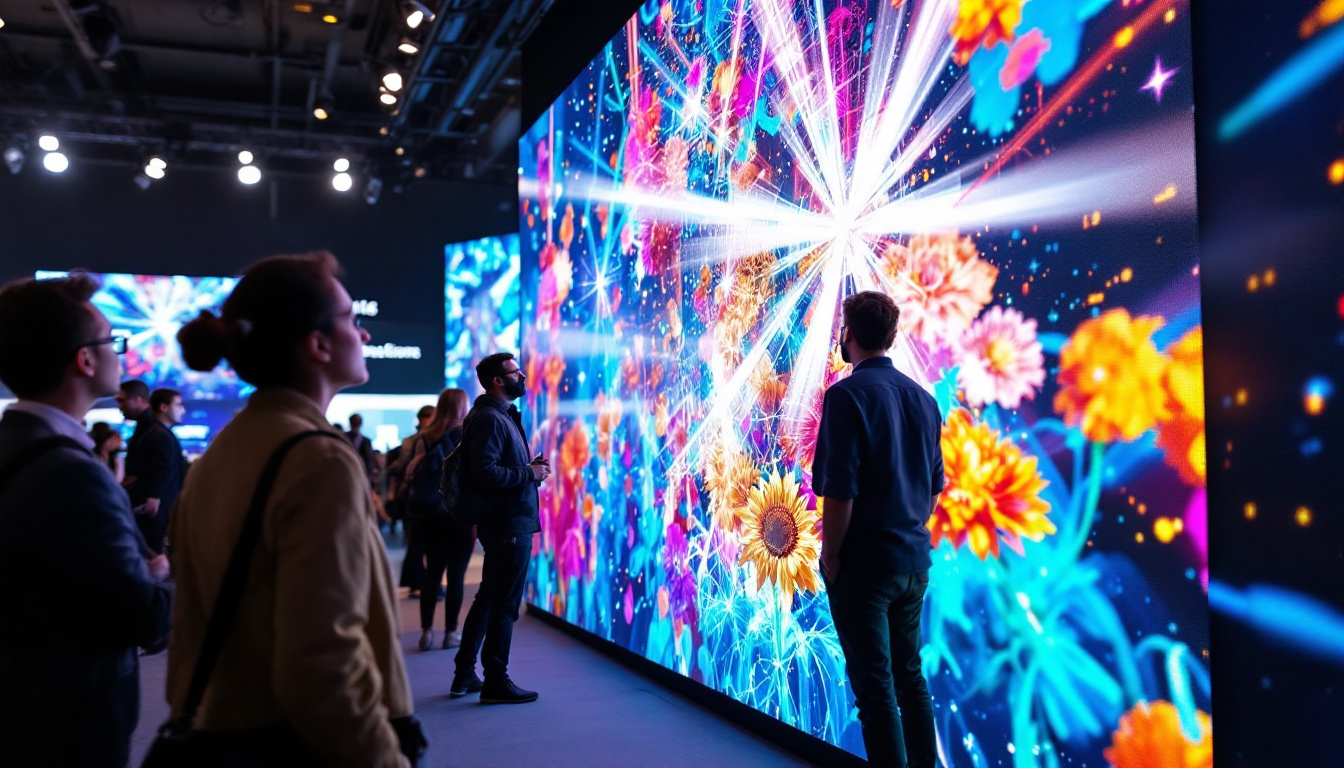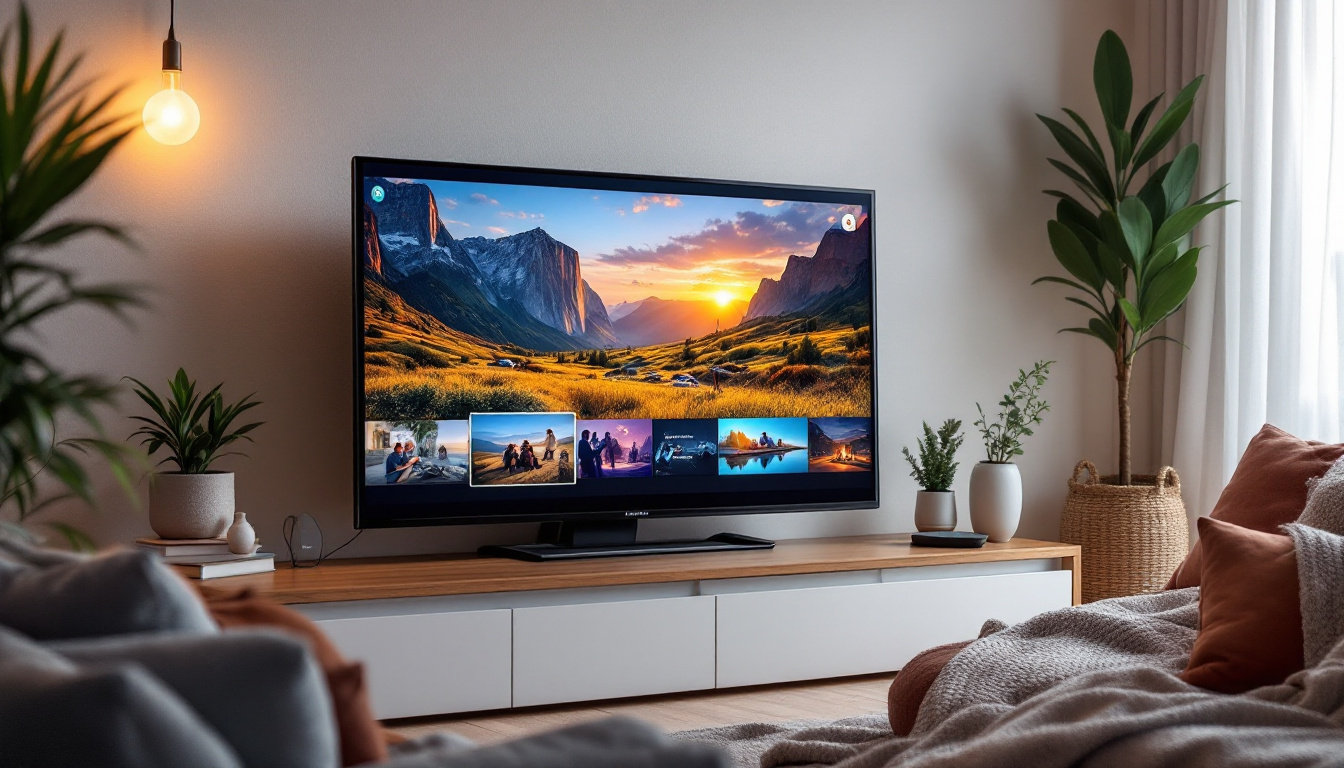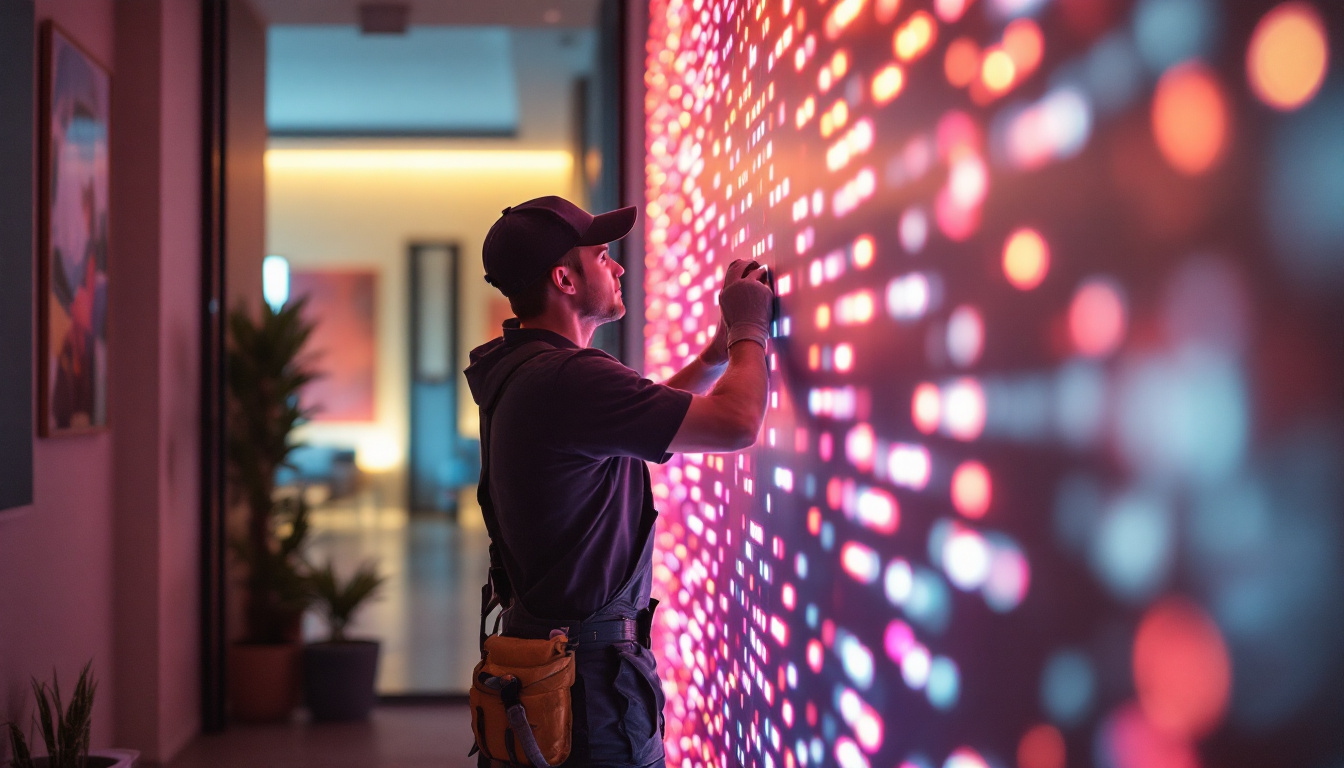In the ever-evolving landscape of advertising and information dissemination, LED billboard signs have emerged as a powerful medium. These vibrant displays not only capture attention but also convey messages in a dynamic and engaging manner. This article delves into the intricacies of LED billboard signs, exploring their technology, benefits, applications, and future trends.
Understanding LED Technology
LED, or Light Emitting Diode, technology has revolutionized the way visual content is displayed. Unlike traditional billboard materials, which rely on static images or printed graphics, LED displays use thousands of tiny diodes to create bright, colorful images and videos. This shift not only enhances visual appeal but also allows for dynamic content that can change with the time of day, season, or promotional events, making LED displays a versatile tool for advertisers and communicators alike.
How LED Displays Work
At the core of LED displays are the individual light-emitting diodes. Each diode emits light when an electrical current passes through it. By combining red, green, and blue diodes, a full spectrum of colors can be produced. This RGB (red, green, blue) color model allows for the creation of vibrant images and videos that can be easily updated in real-time. Furthermore, advancements in technology have led to the development of smart LED displays that can integrate with software for content management, enabling users to schedule and automate their advertising campaigns with ease.
The resolution of an LED display is determined by the pixel pitch, which is the distance between the centers of two adjacent pixels. A smaller pixel pitch results in a higher resolution, making the display suitable for close viewing, while a larger pitch is more appropriate for viewing from a distance. This characteristic is crucial for optimizing the viewer’s experience, as it ensures that images remain sharp and clear, regardless of how far away the audience may be. As a result, high-resolution displays are increasingly being utilized in venues such as concert halls and sports arenas, where audience engagement is paramount.
Types of LED Displays
LED displays can be categorized into several types, each serving different purposes. Outdoor LED billboards are designed to withstand harsh weather conditions, while indoor displays are typically used for events, retail spaces, and corporate environments. Additionally, there are mobile LED displays mounted on trucks or trailers, allowing for flexible advertising opportunities. These mobile units have become particularly popular at festivals and sporting events, where they can reach large crowds and provide real-time updates or entertainment.
Another classification is based on the display technology itself. Full-color LED displays offer a wide range of colors, while monochrome displays are limited to a single color, often used for simple text messages. Each type has its unique advantages, depending on the intended use. For instance, full-color displays are ideal for showcasing intricate graphics and videos, making them perfect for marketing campaigns, while monochrome displays are cost-effective solutions for conveying straightforward information like scores or announcements. Moreover, the emergence of transparent LED displays has opened new avenues for creative applications, allowing businesses to blend digital content with physical environments seamlessly, enhancing both aesthetics and functionality.
Benefits of LED Billboard Signs
LED billboard signs offer numerous advantages over traditional advertising methods. Their ability to display dynamic content and adapt to various marketing strategies makes them a preferred choice for businesses and organizations.
High Visibility and Impact
One of the most significant benefits of LED billboards is their visibility. The brightness of LED displays ensures that advertisements are seen even in bright sunlight or at night. This high visibility translates into greater impact, as potential customers are more likely to notice and engage with eye-catching visuals.
Furthermore, the ability to display moving images and videos enhances the overall impact of the advertisement. Studies have shown that dynamic content is more effective in capturing attention than static images, leading to higher engagement rates. The use of vibrant colors and animations can evoke emotions and create memorable experiences for viewers, which is crucial in a competitive advertising landscape. This emotional connection can lead to increased brand loyalty and recognition over time, as consumers are more likely to remember brands that engage them visually.
Cost-Effectiveness and Flexibility
While the initial investment in LED technology may be higher than traditional billboards, the long-term cost savings are significant. LED displays consume less energy and have a longer lifespan, reducing maintenance and replacement costs. Additionally, the flexibility of digital content allows advertisers to change messages quickly and easily, eliminating the need for physical replacements.
This adaptability is particularly beneficial for businesses that want to promote time-sensitive offers or events. With a few clicks, an advertisement can be updated to reflect current promotions, ensuring that the content remains relevant and engaging. Moreover, the ability to schedule advertisements for specific times can optimize visibility during peak traffic hours, maximizing the return on investment. Businesses can also target specific demographics by tailoring messages to different audiences, making LED billboards a versatile tool in any marketing strategy. This level of customization not only enhances the effectiveness of advertising campaigns but also allows brands to stay agile in a fast-paced market environment.
Applications of LED Billboard Signs
The versatility of LED billboard signs allows them to be used in a variety of settings and for numerous applications. From advertising to public service announcements, these displays serve multiple purposes.
Advertising and Marketing
LED billboards are widely used in advertising campaigns across various industries. Retailers, restaurants, and entertainment venues leverage these displays to showcase their products, services, and promotions. The ability to rotate multiple advertisements on a single billboard maximizes exposure and provides advertisers with a cost-effective solution.
Moreover, LED displays can be programmed to target specific audiences based on time of day or location, enhancing the effectiveness of marketing efforts. For instance, a restaurant may choose to display breakfast specials in the morning and dinner promotions in the evening, ensuring that the right message reaches the right audience at the right time.
Public Information and Safety
Beyond advertising, LED billboards play a crucial role in disseminating public information. Many cities use LED displays to convey important messages, such as traffic updates, weather alerts, and emergency notifications. These displays can be updated in real-time, providing the public with timely and relevant information.
In addition to safety announcements, LED signs are often used in sports arenas and concert venues to enhance the spectator experience. They provide live updates, replays, and interactive content, keeping audiences engaged and informed throughout the event.
Challenges and Considerations
While LED billboard signs offer numerous benefits, there are also challenges and considerations that businesses must address. Understanding these factors is essential for maximizing the effectiveness of LED displays.
Regulatory Compliance
Many municipalities have regulations governing the use of digital billboards, including restrictions on brightness, animation, and content. Advertisers must ensure compliance with local laws to avoid fines or removal of their displays. This often requires navigating a complex web of regulations, which can vary significantly from one location to another.
Additionally, some communities may have concerns about the impact of LED displays on the environment and local aesthetics. Engaging with community stakeholders and addressing their concerns can help mitigate potential backlash and foster positive relationships.
Technical Maintenance and Upkeep
Like any technology, LED displays require regular maintenance to ensure optimal performance. This includes routine inspections, cleaning, and software updates. While LED technology is generally reliable, issues such as pixel failure or software glitches can occur, necessitating prompt attention to maintain the quality of the display.
Investing in a skilled maintenance team or partnering with a reliable service provider can help businesses manage these challenges effectively. Proactive maintenance can extend the lifespan of the display and ensure that it continues to deliver high-quality content.
The Future of LED Billboard Signs
The future of LED billboard signs is bright, with advancements in technology and evolving consumer preferences shaping the industry. As digital displays become increasingly sophisticated, new possibilities for engagement and interactivity are emerging.
Integration with Smart Technology
One of the most exciting trends in LED billboard technology is the integration of smart technology. With the rise of the Internet of Things (IoT), LED displays can be connected to various data sources, allowing for real-time updates based on factors such as weather, traffic patterns, and social media trends.
This connectivity enables advertisers to deliver highly targeted content that resonates with their audience. For instance, a billboard could display a promotion for hot coffee on a chilly day, or a special discount for a nearby event based on social media buzz. This level of personalization can significantly enhance engagement and conversion rates.
Enhanced Interactivity
As consumer expectations evolve, the demand for interactive advertising experiences is growing. Future LED displays may incorporate touch technology, augmented reality, or gamification elements, allowing consumers to engage with content in new and exciting ways.
For example, a billboard could feature a game that encourages passersby to participate, with the chance to win discounts or prizes. Such interactive experiences not only capture attention but also foster a sense of connection between the brand and the consumer.
Conclusion
LED billboard signs represent a significant advancement in advertising and information dissemination. Their ability to deliver dynamic, high-impact content makes them an invaluable tool for businesses and organizations looking to engage their audience effectively. While challenges exist, the benefits of LED displays far outweigh the drawbacks, paving the way for a future filled with innovation and creativity.
As technology continues to evolve, the potential applications for LED billboard signs will only expand. By embracing these advancements and adapting to changing consumer preferences, businesses can leverage LED displays to create memorable and impactful advertising experiences that resonate with their target audience.
Discover LumenMatrix’s Innovative LED Solutions
Ready to elevate your advertising strategy and captivate your audience with high-impact visual displays? Look no further than LumenMatrix, a pioneer in LED display technology. Our extensive range of products, from Indoor and Outdoor LED Wall Displays to specialized solutions like Vehicle LED Displays and LED Sports Displays, is designed to meet your unique needs. Embrace the future of visual communication with our Custom LED Displays, All-in-One LED Displays, and revolutionary LED Transparent Displays. Don’t miss the opportunity to transform your brand’s presence. Check out LumenMatrix LED Display Solutions today and start creating unforgettable experiences for your audience.

